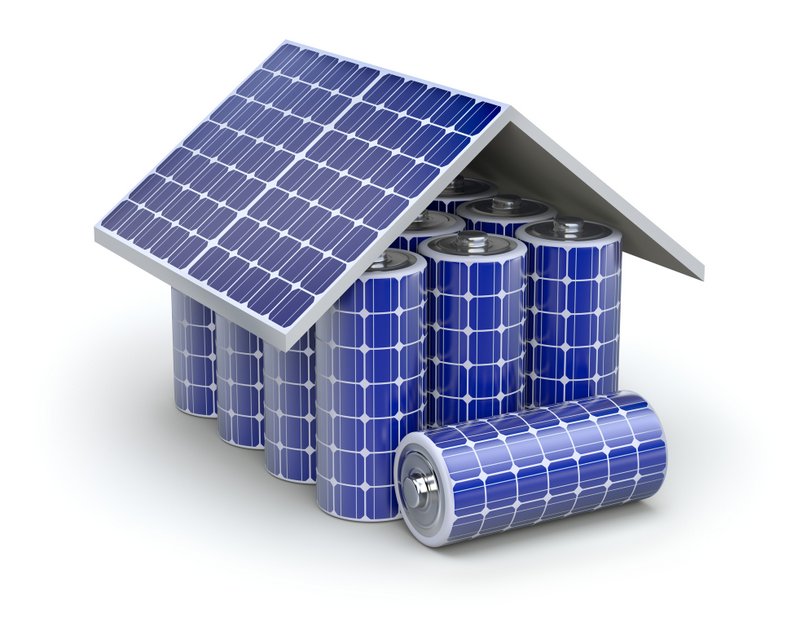
March 13, 2025


There was much celebration this week because a record-breaking 50 GW of new solar capacity was installed in the United States in 2024, according to the U.S. Solar Market Insight 2024 Year in Review report published by SEIA and Wood Mackenzie. Put in context with all other sources, solar + storage accounted for 84% of all new electric generating capacity added to the grid last year.
These big number are being driven by historic gains in large-scale solar plants. Utility-scale solar grew by 33% year-over-year with a record 41.4 GW of installed capacity. The community and commercial solar markets also set annual records, growing by 35% and 8%, respectively.
Lost in the falling confetti is the residential solar market, which recorded its lowest year of installations since 2021. Ohm Analytics reports in its Q4 2024 Solar & Storage Market Report that the residential solar market added just under 5.1 GW of capacity in 2024 — a 25% year-over-year decline by their metrics, driven by higher interest rates impacting bill savings on residential solar, installer cash flow challenges, and the NEM 3 transition in California.
Despite the lows in home solar installs, 2025 still looks lower. Add Ohm Analytics to the list of industry analysts who have a negative view of the resi solar market in 2025. “As cautioned in our last two monthly updates, we are reducing our 2025 national forecast versus our prior outlook (details in full report). This change is due to softer demand trends heading into 2025, continued high interest rates and outlook for rate cuts in 2025, and recent installer cash flow issues.”
Solar installers themselves report growing concerns in the 2025 Solar Industry Survey produced by SolarReviews and NABCEP. Fifty-six percent of companies reported concerns about the potential for new tariffs and 50% listing changes to solar incentives as a major worry. Additionally, 46% of companies said legislative and political uncertainty is one of their biggest fears.
When planning for 2025, 34% of respondents said their business outlook became more negative due to the outcome of the U.S. elections, while 48% reported no change, and 18% reported a more positive outlook.
Enter Residential energy storage
Despite all of the worries just mentioned, only 7% of respondents in the SolarReviews survey said they were concerned about their company’s ability to stay in business in the next six months. On the flip side, 38% said they expected their business to grow in 2025!
How? Why?
As David Dunlap with BayWa r.e. said in the 2025 Outlook episode of Power Forward!, assessing the residential solar market in just “Watts added” isn’t capturing the full story because energy storage attachment rates continue to go up.
Dunlap: “I do think that the way we measure deployed solar — just the amount of DC Watts for the panels installed on the roof — is going to continue to show some gaps in actually measuring the amount of business being transacted in our space. If you add battery storage to an existing PV system, that doesn’t show up as a new system, but it could be just as much revenue generation, and just as much work for our trade and the business as a new job. We may have some difficulty in measuring that.”
“I keep in mind that we can still be doing good, healthy, robust business as an installer by maybe installing fewer jobs but spending more time on each job and installing more equipment. A more full solution. And I think that’s a positive for the industry.”
National residential storage deployments were up 66% year over year in Q4 2024 with 868 MWh deployed. Ohm Analytics saw better than expected growth in key markets. “While our prior 2025 forecast for many Ex. CA markets (AZ, FL, TX, etc.) was in high double digit to triple digits YoY, these state markets are on track to outperform.”
Installers are continuing to expand service offerings, according to the SolarReviews survey, with 92% now reporting that they do energy storage installation and 86% reporting that they do EV charger installation. These numbers are up from 74% and 64%, respectively, in the previous year.
Energy storage drivers
Rising storage attachment rates, driven by state and local/utility incentive programs, as well as demand for resilience, are key drivers.
Major financiers are increasingly launching TPO products for PV+ESS that incorporate VPP participation. Daniel Lotano, COO at GoodLeap, wrote as much for Solar Builder:
For contractors, this creates a compelling sales narrative. With electricity prices climbing nationwide, solar and battery storage are already attractive investments. Adding VPP benefits strengthens the value proposition significantly. Better yet, contractors don’t need to navigate complex state regulations or program details – they simply need to connect customers with third-party experts who can maximize their system’s value.
The results are predictable: higher conversion rates, better margins, and more satisfied customers. In a business where every advantage matters, VPPs might be the easiest win available to solar contractors today.
So far, these products are indexed to California and Texas, two of the largest markets. “This should be a tailwind for storage as more financing products seamlessly integrate VPP incentives into a more attractive upfront offering for consumers,” writes the Ohm Analytics team.
The last 12 months have also seen net metering changes take place in Arkansas, Ohio, Iowa, Illinois and West Virginia, while Arizona, Florida and some others have experienced smaller changes to export rates.
Residential installers who responded to the SolarReviews / NABCEP survey reported 30% of their 2024 solar installations took place in areas without net metering, up from 27% in 2023. That number will undoubtedly increase in 2025.
“Given the growth in the storage market in California since the NEM change in 2023, growth in markets with recent changes (as installers adjust to selling paired systems) as well as potential for future changes support a positive outlook for ESS,” concludes Ohm Analytics.
Tags: NABCEP, SolarReviews
Source link

